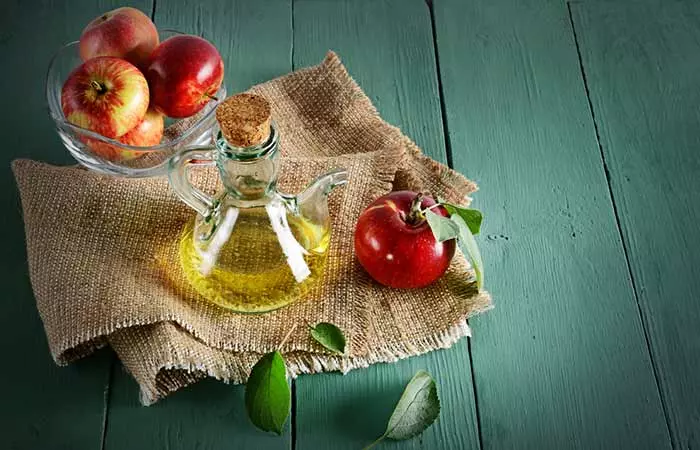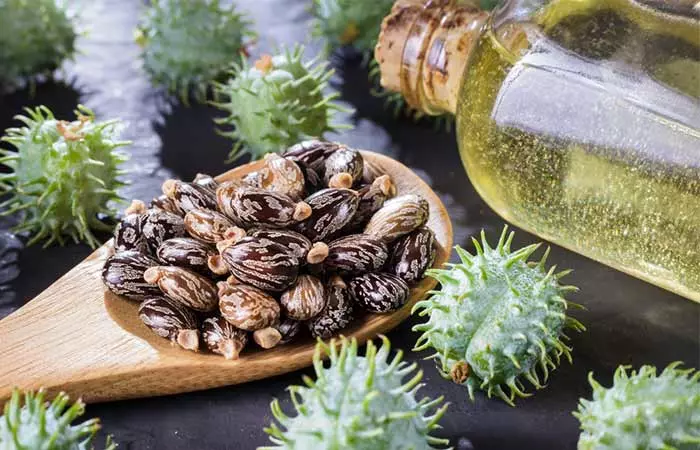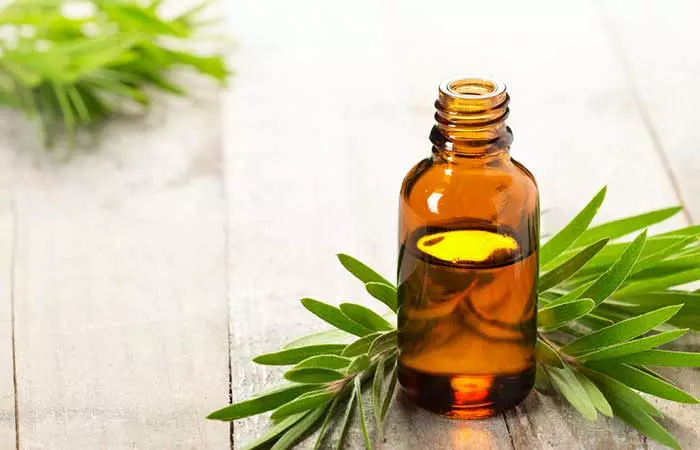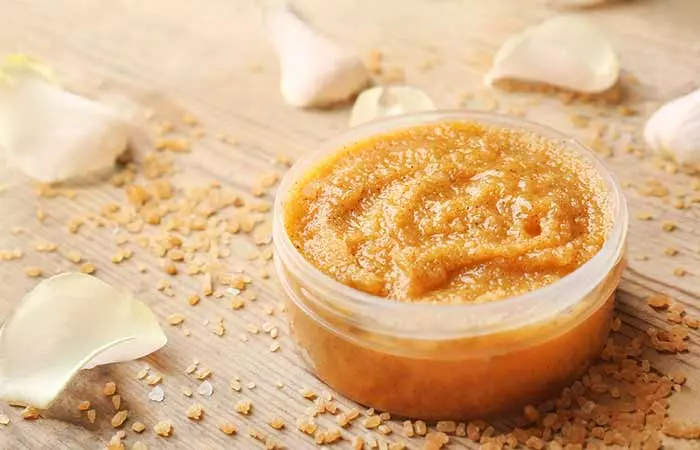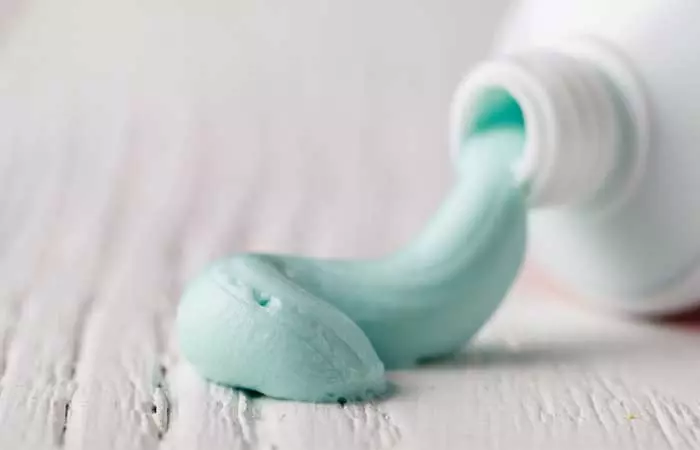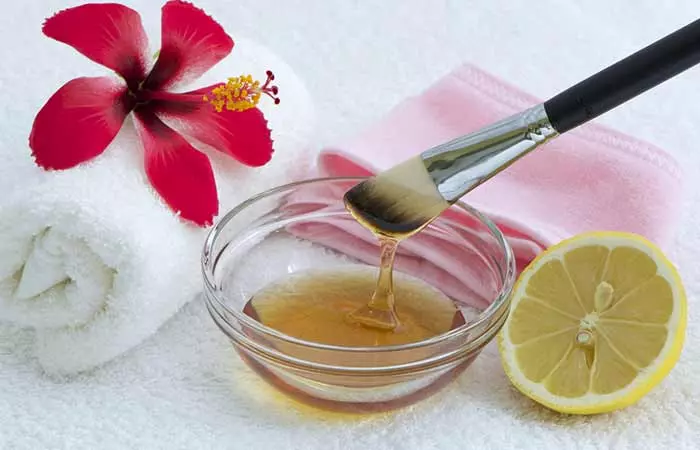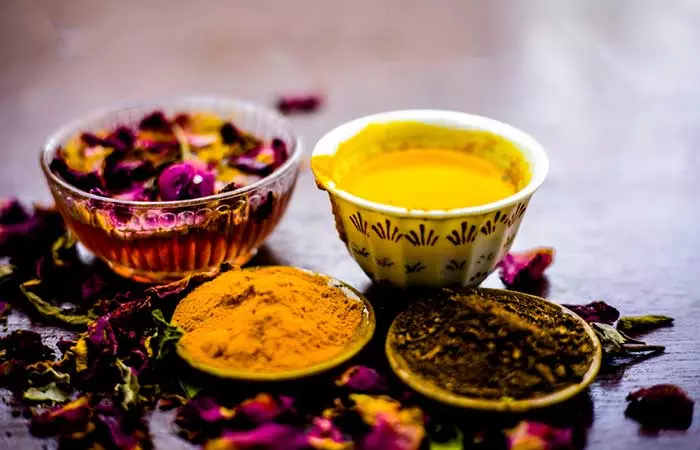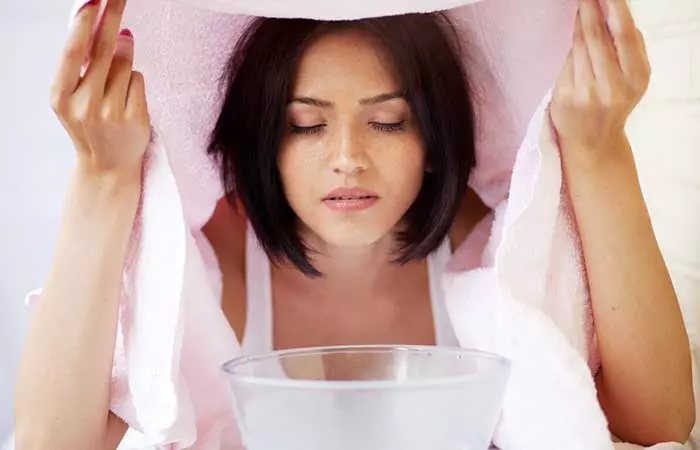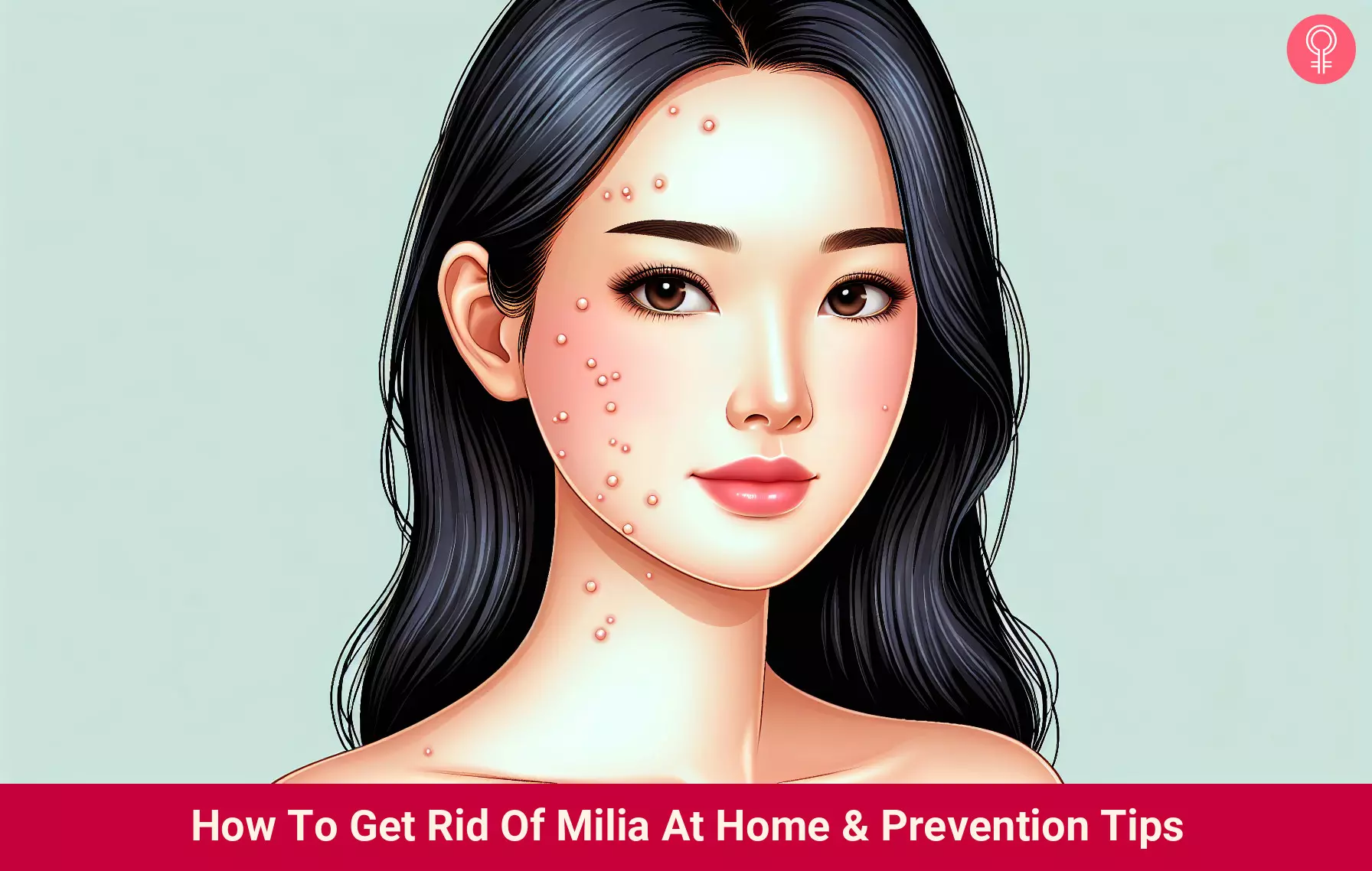What Is A Milium Cyst?
A milium cyst is a small white or yellow bump that appears on the nose and cheeks. When these cysts occur in groups, they are called milia. Milia are often found on the face, around your eyes, eyelids, lips, and cheeks. However, they may sometimes also occur on other body parts, such as the torso or genitalia. Milia develop when tiny skin flakes become trapped in small pockets near the surface of the skin. The causes of milia differ among adults and infants and are as follows.
What Causes Milia?
The cause of milia in a newborn is unknown. It is often mistaken for baby acne, which is triggered by hormones from the mother or an epidermal cyst. However, milia do not cause inflammation or swelling like acne, and most of the time, infants are born with it. In adults as well as older children, milia occur as a result of damage to your skin. This can include:
Blistering due to skin conditions like epidermolysis bullosai A group of rare genetic skin disorders that causes the skin to become weak and blistered, either on or inside the body, due to injuries caused by scratching or the heat. (EB), cicatricial pemphigoidi A rare chronic autoimmune blistering disorder that causes scarring and affects either the skin or mucous membranes or both. , or porphyria cutanea tarda (PCT) Blistering due to allergic reactions, such as a poison ivy allergy Burns Long-term exposure to the sun Long-term use of steroid creams Skin-resurfacing procedures like dermabrasioni A kind of surgical procedure of skin that removes the outer skin layer to allow smooth skin to regrow. and laser resurfacing Aging skin
Milia can be classified into different types, depending on the age at which the cysts occur and the cause.
What Are The Types Of Milia?
Milia are classified into primary and secondary categories. While primary milia are formed because of entrapped keratin and are found on the faces of infants and adults, secondary milia are formed when the ducts leading to the skin’s surface get clogged. Milia are further divided into the following types:
Neonatal Milia: These are primary milia. They occur in newborns and clear up within a few weeks. Juvenile Milia: Some rare genetic disorders can cause juvenile milia. They are:
Milia En Plaque: This type affects the eyelids, ears, cheeks, and jaw. It is often associated with genetic or autoimmune disorders like discoid lupusi A chronic autoimmune disease causing a severe rash on the skin accompanied by inflammation and scarring. or lichen planusi An inflammatory skin condition causing swelling and irritation in mucous membranes, skin, nails and hair. . Multiple Eruptive Milia: These cause itching and most often occur on the face, upper arms, and torso. Traumatic Milia: The milia cysts occur as a result of skin injuries. The resultant cysts may be red along the rim and white in the center. Milia is associated with drugs and other products
Milia can also be caused by exposure to certain drugs and makeup products like:
Liquid paraffin or petroleum Paraffin oil Paraffinum liquidumi Also known as liquid paraffin, it is a clear, liquid mineral oil used in medicines and cosmetics for its moisture-retaining property. Petrolatumi A thick, greasy substance made from petroleum and used as a moisturizing agent on dry skin and to heal burns and scrapes. liquid Petroleum oil Lanolini A waxy substance extracted from wool-bearing animals used as a moisturizing agent for the prevention or treatment of dry and rough skin.
Milia hint at skin damage but how much of a threat are they? Let’s find out in the section below.
Are Milia Dangerous?
Milia are typically benign cysts in the epidermis. They are common in newborns but temporary and usually resolve by themselves without requiring any treatment. However, they may also appear in adults and can be persistent, which can have a similar psychosocial impact as acne lesions (1). However, secondary milia may be a cause for concern as they often follow burns, rashes, or blisters. They are generally associated with other skin conditions such as epidermolysis bullosa and similar blistering skin diseases, hinting at skin trauma, side effects from medication, or other underlying conditions (2). Therefore, it is important to get milia checked by a dermatologist if it seems persistent. Keep reading to learn about its diagnosis and treatments.
How Are Milia Diagnosed?
Milia are usually diagnosed by a physical examination that analyzes the appearance of your cysts. In some rare cases, a skin lesion biopsy may be required to rule out other possibilities. Milia can hinder your confidence and also put you at the risk of developing scars. Dermatologists manage these lesions by doing extraction. And here are some natural remedies that are effective for milia removal at home.
How To Get Rid Of Milia At Home
Home Remedies To Treat Milia
1. Apple Cider Vinegar
1 tablespoon of apple cider vinegar 1 tablespoon of water Cotton balls
You must do this daily for a few weeks. Apple cider vinegar is astringent and can help in reducing the size of the skin pores. This forces the debris out of your pores and helps you with milia removal.
2. Castor Oil
½ teaspoon of cold-pressed castor oil Do this once daily. Castor oil has emollienti The tendency of substances or ingredients used in skin care products that soften and hydrate the skin by trapping moisture in the skin. and anti-inflammatory properties, which help combat milia (4).
3. Tea Tree Oil
6 drops of tea tree oil 6 drops of coconut oil
Do this 1 to 2 times daily for faster results. Tea tree oil helps in drying the milia lesions faster, thereby speeding up the healing process. This essential oil also has antiseptic and anti-inflammatory properties that help prevent further infection in the affected area (5).
4. Vitamin A
700-900 mcg vitamin A Do this daily. Vitamin A can vastly improve your skin’s turnover by helping in its rejuvenation (6). It can also be applied topically in the form of retinol for treating milia (7).
5. Coconut Oil
Cold-pressed coconut oil (as required) Do this once daily for a week or two. Given the anti-inflammatory and moisturizing properties of coconut oil, it is no surprise that it works amazingly well in treating milia lesions (8). It keeps your skin moisturized and reduces inflammation in the affected area (9).
6. Sugar Scrub
You must do this 3 to 4 times a week. The sugar scrub helps in exfoliating your skin. And regular exfoliation helps you get rid of the stubborn milia cyst and clear skin blemishes. Ysobel, a beauty blogger, found exfoliation to be an easy and effective solution to get rid of milia. On her blog, she writes, “After I noticed these bumps over my eyelids, I began to exfoliate like crazy. Removing the skin on top of the milia surface will help your milia pop right out of your skin (i).”
7. Lemon Juice
½ lemon A pinch of salt (optional)
Do this once daily. Lemon juice acts as a natural astringent that helps in pore unclogging, cleansing, and reducing their size (10). This action of lemon juice, combined with its anti-inflammatory properties, can help in drying up milia and clearing them quickly (11).
8. Toothpaste
Toothpaste (as required) You must do this thrice a week. Toothpaste contains fluoride and sodium bicarbonate, which help in drying up acne lesions faster with their anti-inflammatory properties (12). These properties also help in drying up milia cysts and getting rid of them.
9. Honey Mask
½ tablespoon of manuka honey You must do this once daily for a few weeks. Manuka honey exhibits anti-inflammatory and antimicrobial activities. This can help in treating the milia lesions and can protect them from further microbial infections (13).
10. Sandalwood And Rose Water
1 tablespoon of sandalwood powder Rosewater (as required)
Do this once daily for about 2 weeks to see results. A mixture of sandalwood and rosewater can help remove the dead skin cells, thereby rejuvenating your skin and reducing milia (14).
11. Steam
Hot water Towel
Do this once daily. If you are wondering how to unclog your skin pores, facial steam or facial sauna is the best solution. The heat opens your skin pores and brings out all the dead skin cells and debris to the surface of your skin. It makes the removal of milia easier (15). It also helps with whitehead removal. And to prevent it all in the first place, you must also follow some tips. Read about them below.
Prevention Tips
Avoid excessive exposure to the sun. Avoid using thick creams and oil-based products. Exfoliate 2 to 3 times a week. Clean the affected area daily. Steam to open the skin pores. Use sunscreen daily. Avoid pricking, poking, or trying to remove the milia with your fingers. Follow a healthy diet that consists of foods that are best for treating milia, such as fresh fruits, vegetables, whole grains, and vitamin A-rich foods. Avoid foods that are sugary, fried, spicy, caffeinated, and salty.
When to see your dermatologist for milia? Most milia start fading on their own as the surface of the skin starts wearing off. However, in some cases, this doesn’t happen, and they may remain for a long time. In this case, you might have to visit a doctor for milia treatment. How long do milia last on a baby? Milia is a common skin condition in newborns, and it can last anywhere from 2 to 3 weeks. What is the difference between milia and whiteheads? Whiteheads are closed comedones and a type of acne. They occur when too much sebum, dead skin cells, and debris clog your skin pores. On the other hand, milia occur when there is a keratin buildup and it gets trapped at the base of the follicles, forming tiny and painless bumps. Can milia be permanent? Milia in children usually clear up within days or weeks. However, primary milia in adults may persist for months or years. But they eventually go away on their own. What deficiency causes milia on the face? Milia may be caused due to lipid deficiency in cells. This results in the formation of crystallized lipids (that show up as milia) instead of smooth lipids. Foods rich in healthy fatty acids may be able to counter this deficiency. Is Vaseline good for milia? No, Vaseline is not good for milia as it can clog the pores and exacerbate a milia breakout.
Illustration: How To Get Rid Of Milia At Home & Prevention Tips
Bid farewell to milia with safe and scar-free methods you can try at home! Watch this informative video and learn easy techniques to get rid of milia for a smoother complexion.
